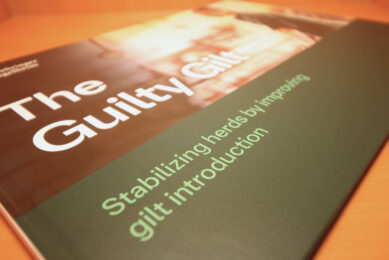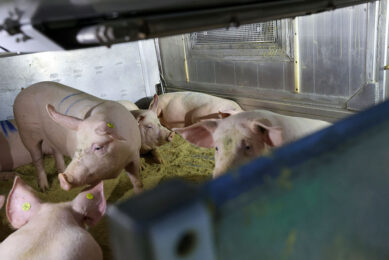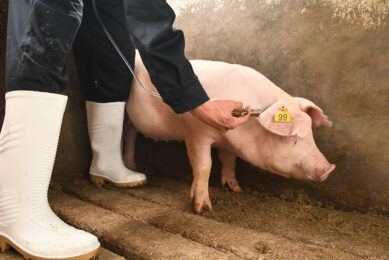Ideal gilt selection in commercial farms

What constitutes an ideal gilt selection process? In a pig industry that is growing rapidly and is facing viral health challenges, the importance of gilt selection beyond sow longevity or production parameters is important. A new study sums up what to look for in 2025.
Gilt selection is a critical requirement for generational success and productivity in the global pig industry. Improper gilt selection criteria may result in behaviour and welfare issues leading to increased mortality and culling rate. That is why a recent scientific article, authored scientists of breeding company PIC, in the peer-reviewed journal Animal Frontiers, discussed the ideal gilt selection process in commercial farms.
Gilt selection process starts earlier in life
Gilt selection is a relatively standardised process that includes the individual examination of structural features such as body condition at puberty, feet and leg soundness, number of functional teats and vulva development. Selection should start earlier in life and assess various animal-based parameters at different stages of gilt’s life to ensure a proper replacement pool.
During gestation, the sow must be housed in a well-designed farrowing pen and adequate vaccination protocols and hygiene practices need to be implemented to prevent the negative impacts of acute and chronic stress on their offspring (the future replacement gilts). At birth, identifying gilts born with a minimum weight of 1 kg and at least 14 to 16 teats and keeping litters intact during the lactation period is essential.
At weaning, it is important to identify gilts with a minimum average daily gain (ADG) of 260 g/day with no abnormal conformation. By the time of puberty, gilts should achieve lifetime growth rates of at least 600 g/day. Other key selections aspects include proper feet and leg conformation, good pig-human relationship, calm temperament, robustness and disease tolerance and resistance.
Future perspective
Digital phenotyping is a new technology that objectively defines traits and can result in more consistent selection of structurally sound gilts in the future.
In addition, new sources of data including records from pedigreed crossbred animals and incorporating new traits into genetic programs associated with performance, reproductive success and longevity can improve gilt selection processes.











